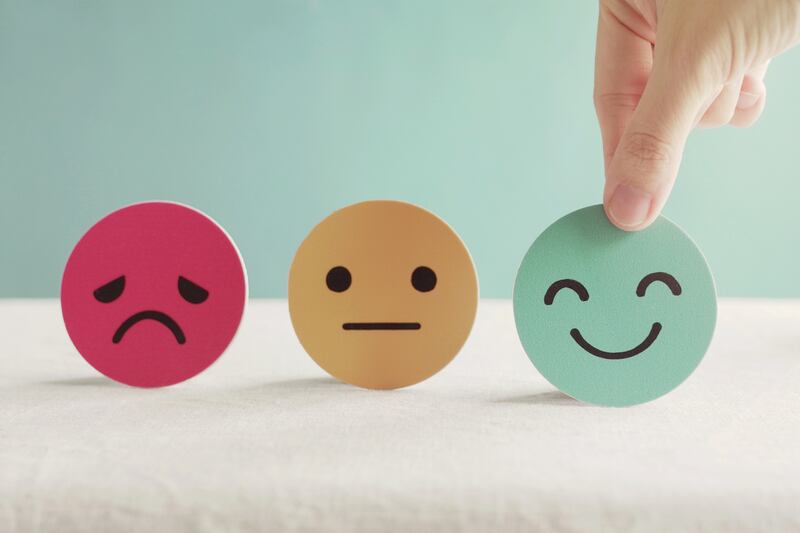Mental Health America released “The State of Mental Health in America 2023,” a report that analyzes the prevalence of mental illness in the United States, and how much access to mental health care is available in each state. Using this data and other measures, each state, including the District of Colombia, was ranked from best to worst for mental health.
Purpose in research
Mental Health America believes that advocating for better mental health for Americans requires research to identify areas of need throughout the country.
“We believe that gathering and providing up-to-date data and information about disparities faced by individuals with mental health problems is a tool for change,” the report says.
Their goal in completing this research is to identify areas of need within the country to “understand how changes in national data reflect the impact of legislation and policies, and to increase dialogue and improve outcomes for individuals and families with mental health needs.”
Key findings
- The report found that in 2019-2020, 20.78% of adults in the U.S. were experiencing a mental illness, equivalent to over 50 million people.
- Over half — 54.7% — of adults with mental illness do not receive treatment.
- Over 1 in 10 youth in the U.S. are currently experiencing depression that impairs their ability to function at work or school, or within their families and social life.
- There are 350 people for each mental health provider in the United States.
Methodology
The report used public health data for both adults and youth and ranked the states on overall mental health quality, taking into account the size of each state.
To rank the states, 15 measures were used to make up the overall ranking:
- Adults with any mental illness.
- Adults with substance use disorder in the past year.
- Adults with serious thoughts of suicide.
- Youth with at least one major depressive episode in the past year.
- Youth with substance use disorder in the past year.
- Youth with severe major depressive episodes.
- Adults with any mental illness who did not receive treatment.
- Adults with any mental illness reporting unmet needs.
- Adults with any mental illness who are uninsured.
- Adults reporting 14+ mentally unhealthy days a month who could not see a doctor due to costs.
- Youth with major depressive episodes who did not receive mental health services.
- Youth with severe major depressive episodes who received some consistent treatment.
- Youth with private insurance that did not cover mental or emotional problems.
- Students grades K-12 who identified with emotional disturbance for an individualized education program.
- Mental health workforce ability.
Ranking
Based on the data and criteria listed, these are the U.S. states — including Washington, D.C., — ranked from best to worst for overall mental health.
- Wisconsin.
- Pennsylvania.
- Massachusetts.
- Delaware.
- Connecticut.
- New Jersey.
- District of Colombia.
- New York.
- Illinois.
- Maryland.
- Kentucky.
- Vermont.
- Rhode Island.
- New Hampshire.
- South Carolina.
- North Carolina.
- Michigan.
- Hawaii.
- California.
- Iowa.
- North Dakota.
- New Mexico.
- Oklahoma.
- Georgia.
- Mississippi.
- Maine.
- Tennessee.
- Minnesota.
- Nevada.
- Colorado.
- Montana.
- Washington.
- Ohio.
- Alaska.
- Florida.
- Louisiana.
- South Dakota.
- Virginia.
- Indiana.
- Missouri.
- Utah.
- West Virginia.
- Arkansas.
- Nebraska.
- Wyoming.
- Texas.
- Idaho.
- Alabama.
- Arizona.
- Oregon.
- Kansas.

